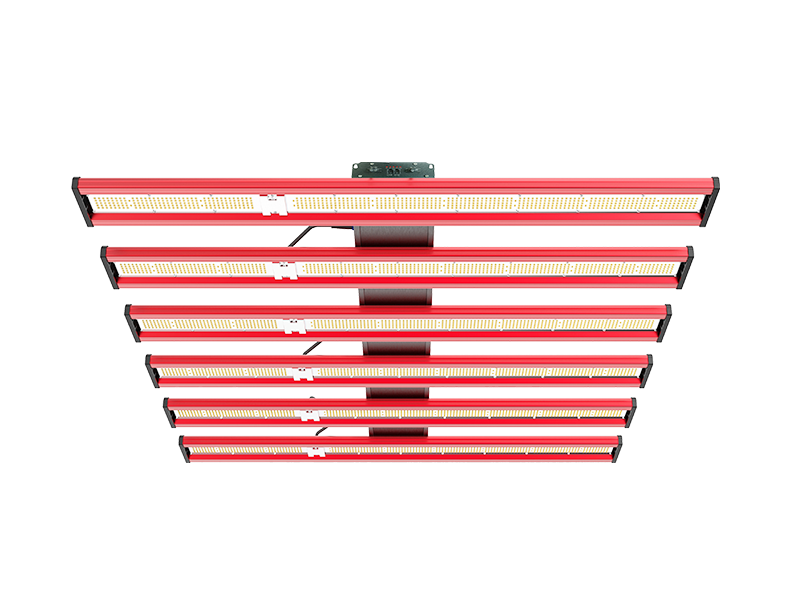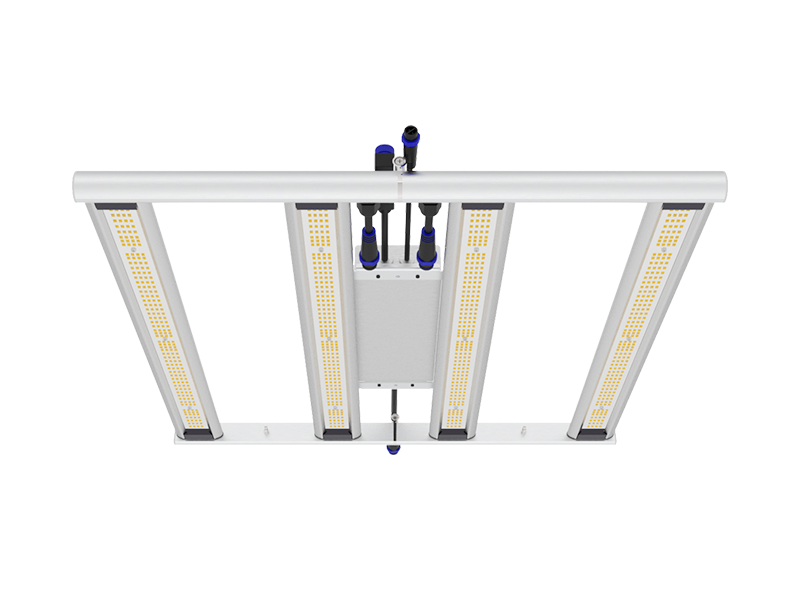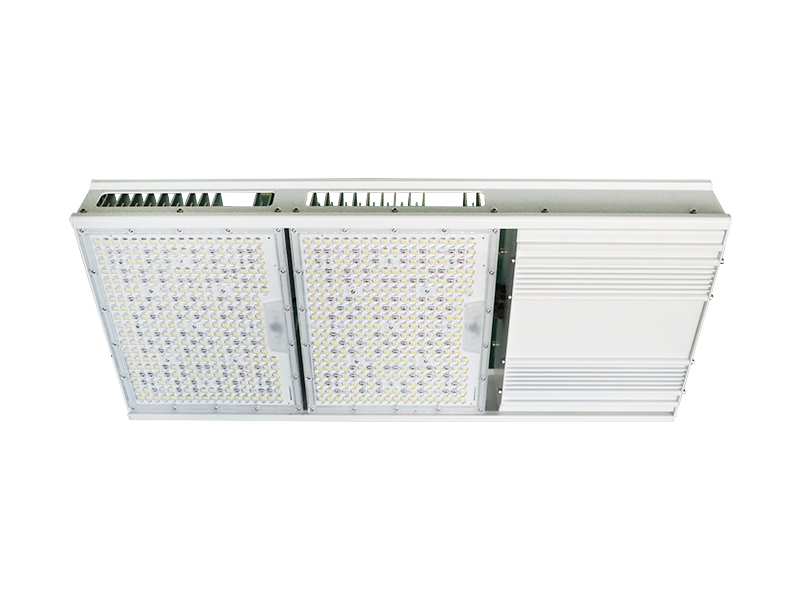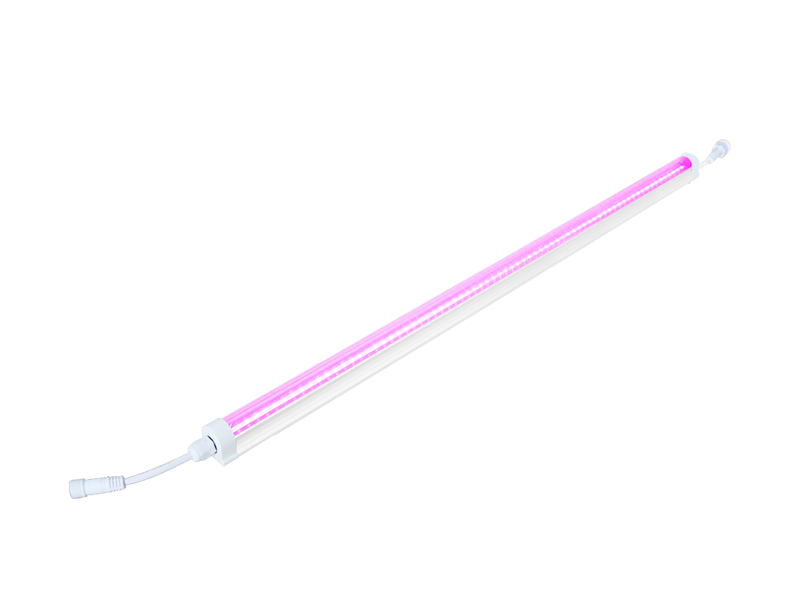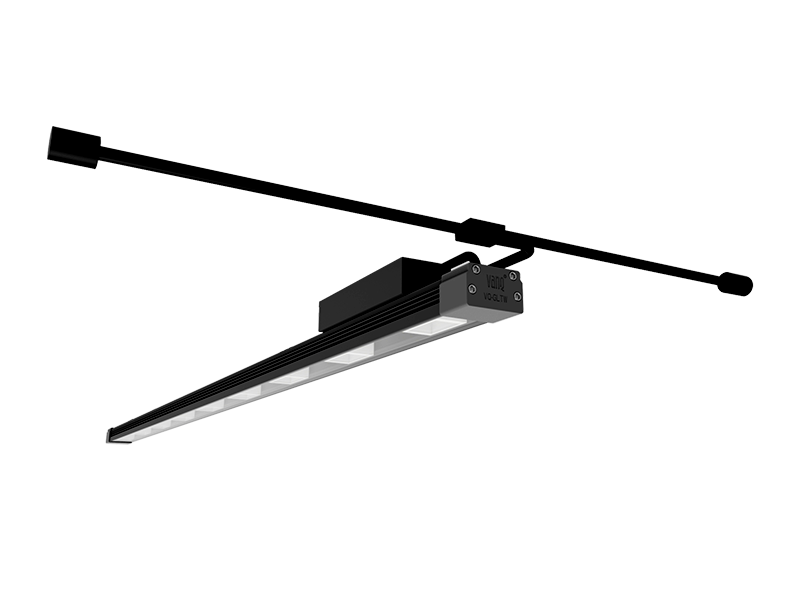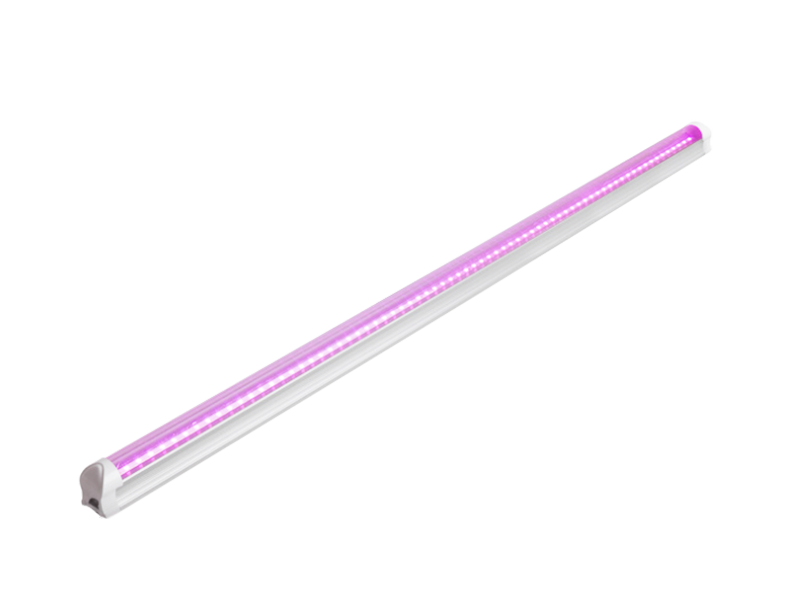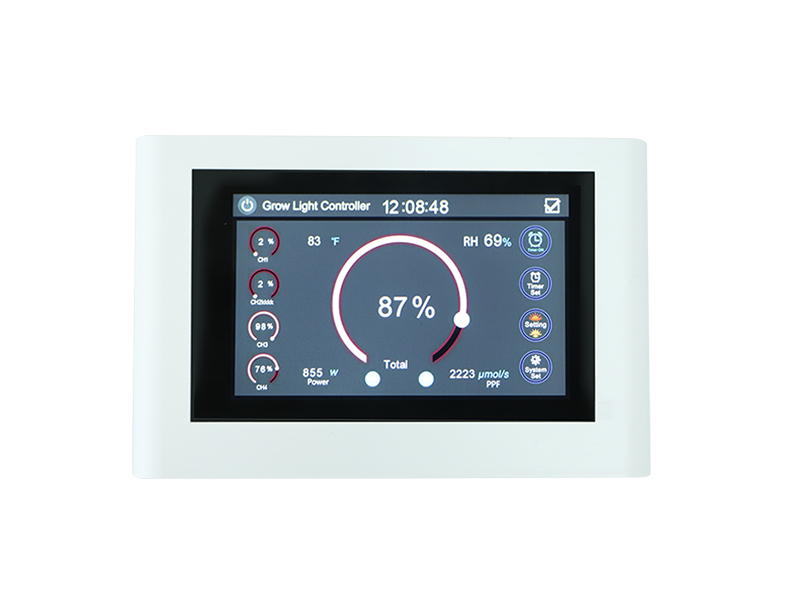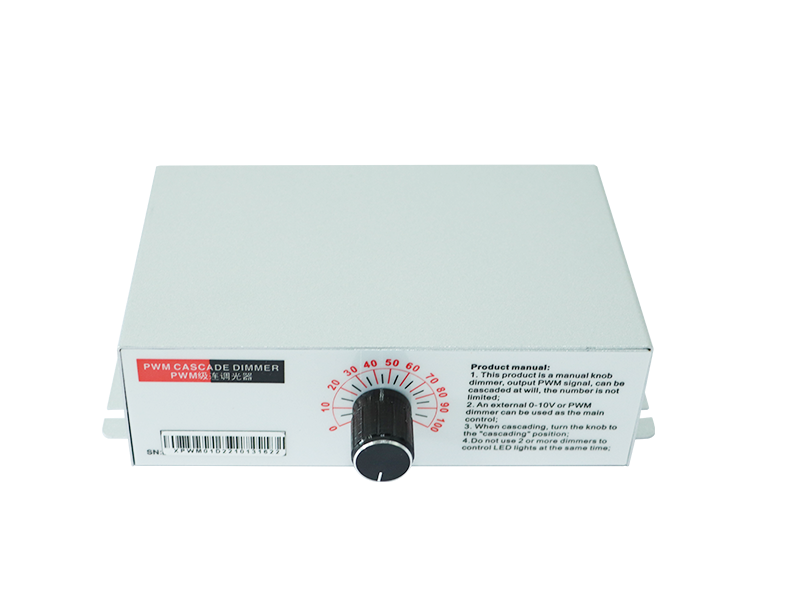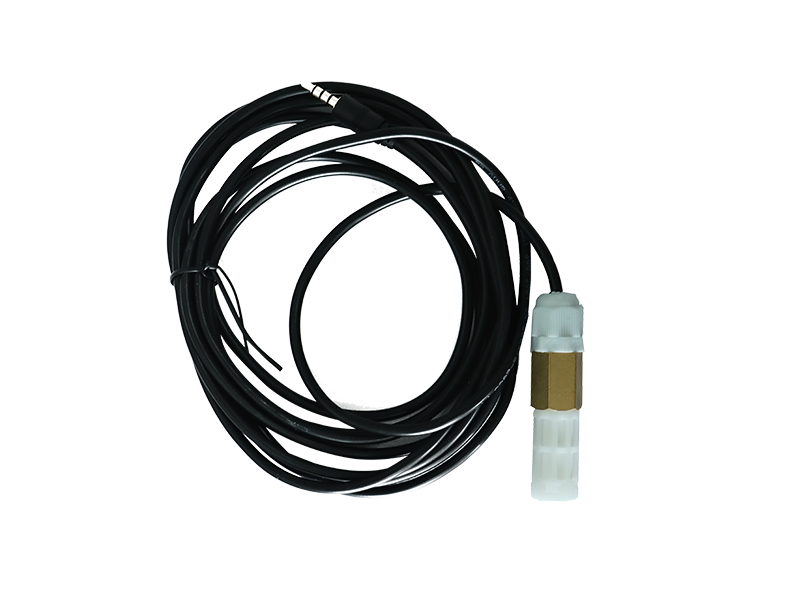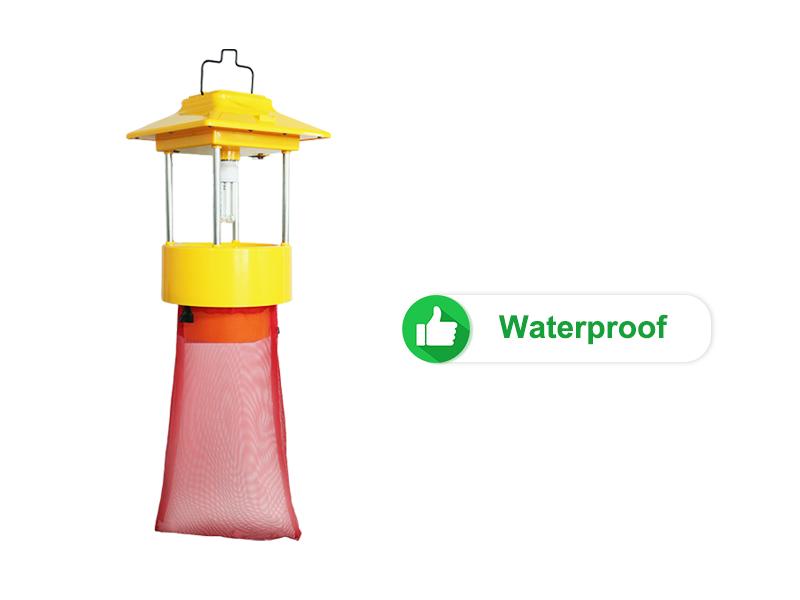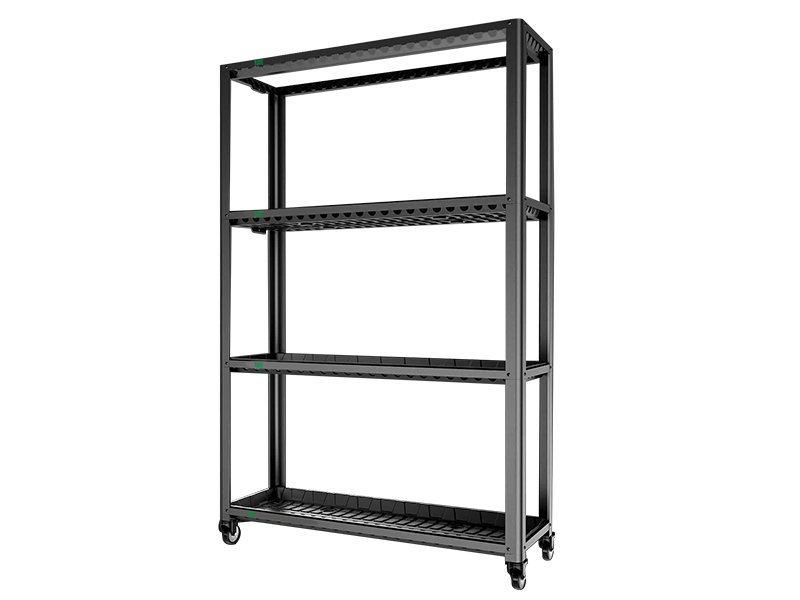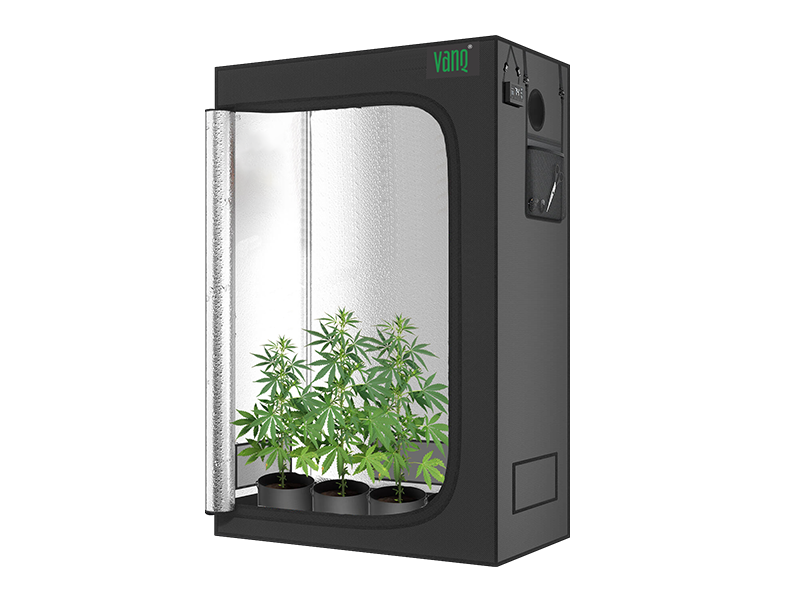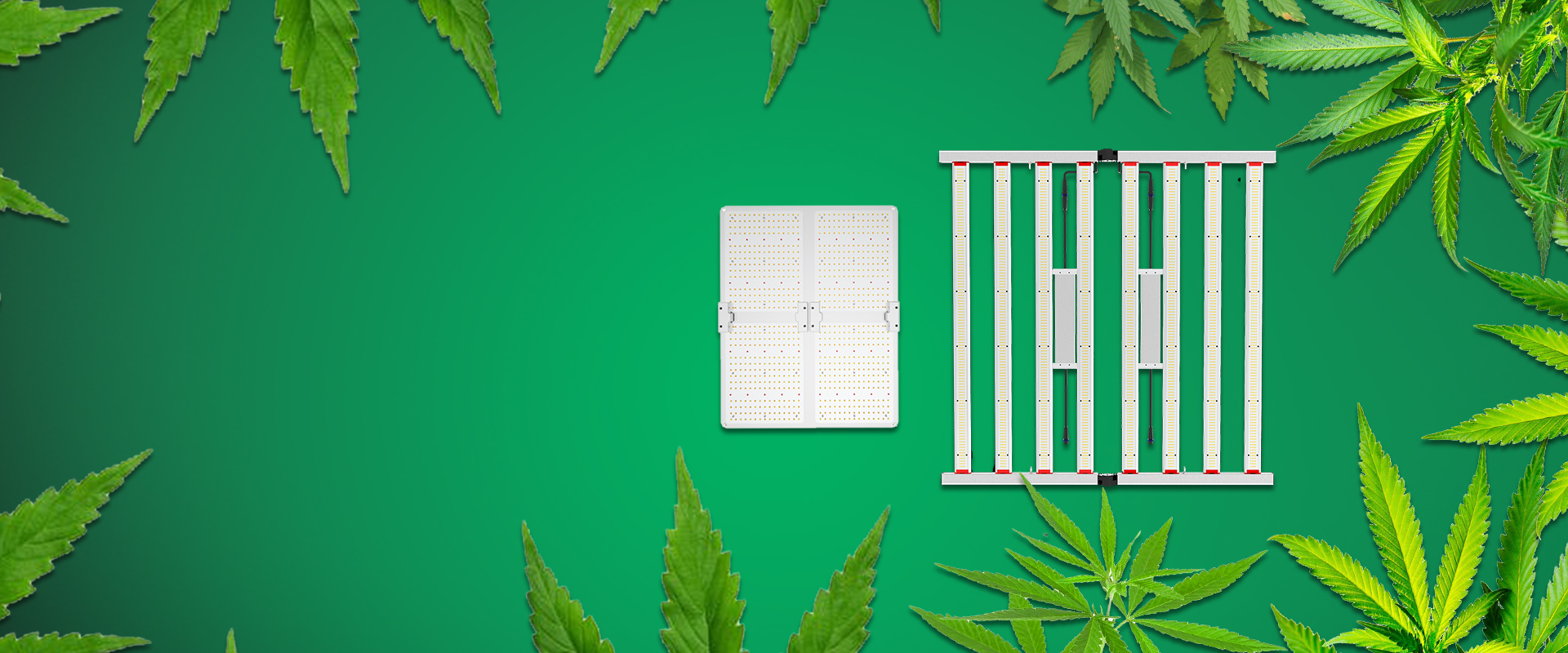Why do you need to identify the sex of plants?
During the planting process, male and female plants play different roles. Male plants are mainly responsible for producing pollen, which is used to pollinate female plants. Female plants, on the other hand, are the focus of our attention and can produce the flower buds we need.
If male plants are not identified and removed in time, they will release pollen to pollinate female plants, which will cause female plants to focus on seed production instead of producing high-quality flower buds, and may also reduce yields.
Generally speaking, sex identification of plants is carried out 4 to 6 weeks after planting. At this time, the plants will begin to produce flower buds at the stem nodes, and the flower buds of male and female plants will gradually show obvious differences in shape.
How to Identify Male and Female Plants
In the early flowering period, check the stem nodes of the plant to see the shape of the flower buds. If you observe spherical flower buds without white stigmas, then it is male. If you observe white, elongated trichomes inside the flower buds, then this is an early sign of female plants.
In the early stages of development, their gender characteristics may not be so prominent. After making preliminary observations, you can wait patiently for a few days until the gender characteristics are more distinct before making a final judgment.
Male characteristics

1. Flower bud morphology
Male cannabis plants will form small ball-shaped buds at the nodes of the stems, and they are suspended in clusters, looking like a series of small balls. These small balls generally develop from the base and then expand upward to the top of the entire plant. When these small buds are fully mature, they will crack and release pollen.
2. Pollen sac
The flower buds of male plants contain pollen sacs for secreting pollen. These pollen sacs will gradually expand and finally release pollen. The appearance of the pollen sacs is generally round or oval.
3. Plant morphology
Compared to female plants, male plants are usually taller and thinner, they grow faster, and their branches and leaves are sparser.
4. No stigma
The flower buds of male plants do not grow white trichomes (stigmas) during their growth process
Female characteristics

1. Flower bud morphology
The flower buds of female plants are located at the nodes of their stems and will show slender white trichomes, also known as stigmas
2. Flower bud structure
Female flower buds are generally arranged more loosely, not as tightly spherical as male flower buds.
3. Plant morphology
Compared to males, female plants are shorter and stronger, with lush branches and leaves and look more vigorous.
Since its establishment in 2009, VANQ has always been customer-centric and committed to providing high-quality LED grow lights for cannabis cultivation, vertical farming, greenhouses and tissue culture.
As an industry-leading manufacturer, we have a state-of-the-art production plant in China and a warehouse in South Africa, ensuring free and fast delivery services within South Africa.


